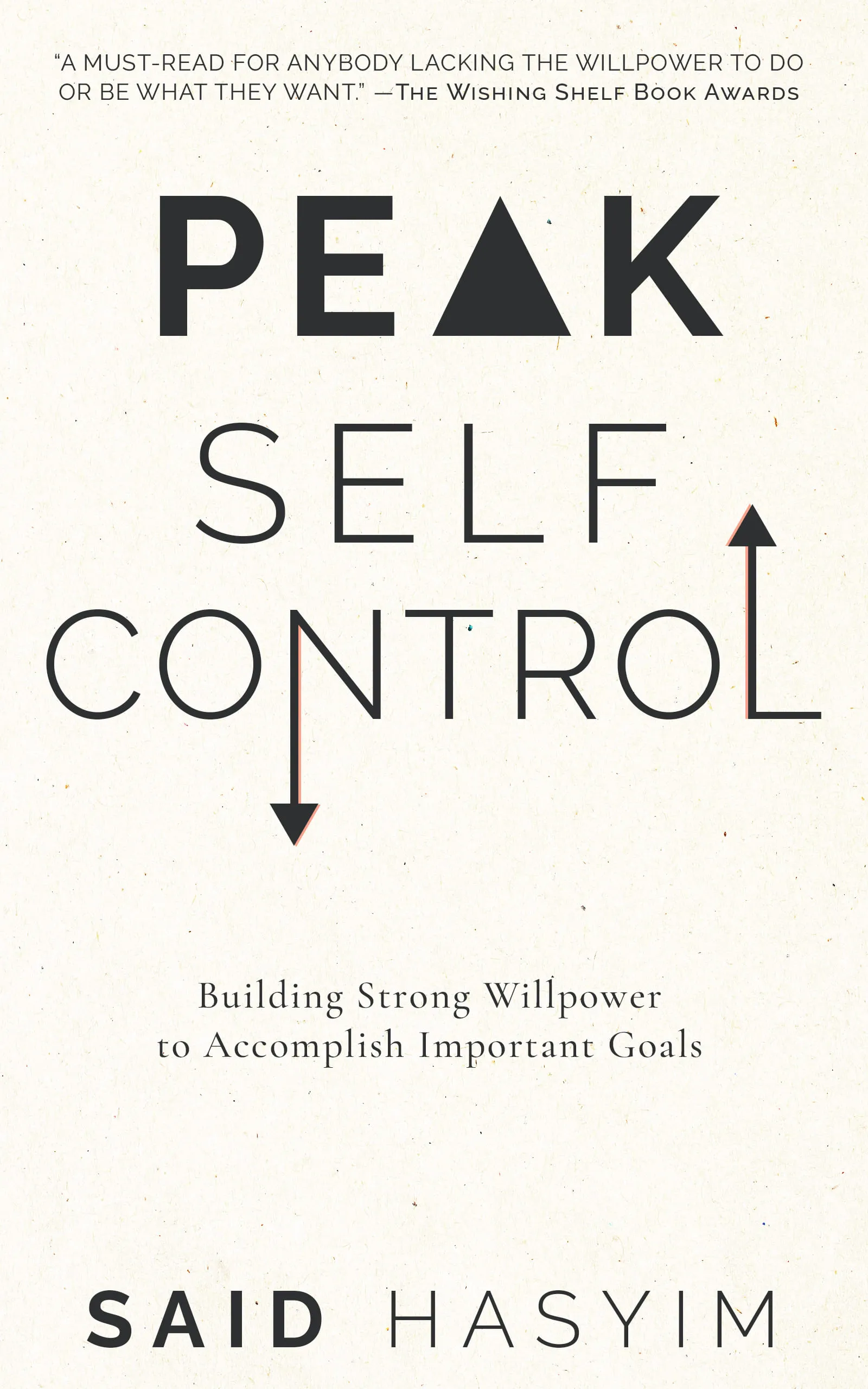How to Identify and Manage Your Weaknesses
In our journey of personal development, identifying and managing our weaknesses is just as important as honing our strengths. While it can be uncomfortable to confront our shortcomings, doing so is essential for growth, both personally and professionally. In this blog post, we will explore effective strategies to identify your weaknesses, as well as practical steps to manage and overcome them.
Why is it Important to Identify Weaknesses?
Recognizing your weaknesses can provide you with powerful insights into how you operate and how you can improve. Here are several reasons why identifying your weaknesses is crucial:
- Self-Awareness: Understanding your weaknesses enhances self-awareness, allowing you to navigate situations more effectively.
- Personal Growth: Identifying weaknesses is the first step toward personal growth. By acknowledging what you need to work on, you create a roadmap for improvement.
- Enhanced Relationships: Being aware of your weaknesses can help you communicate better with others, fostering stronger relationships built on understanding and support.
- Increased Resilience: Accepting your weaknesses can make you more adaptable and resilient in the face of challenges and setbacks.
How to Identify Your Weaknesses
Identifying weaknesses may seem daunting, but there are several strategies you can employ:
1. Self-Reflection
Take time to reflect on your behavior, decision-making processes, and reactions to various situations. Ask yourself:
- In what areas do I struggle the most?
- What feedback have I received from others that reflects areas of improvement?
- Are there patterns in my failures or mistakes?
Journaling can be a helpful tool during this process, allowing you to capture your thoughts and track your progress over time.
2. Seek Feedback
Sometimes, our perception of ourselves may differ from how others see us. Soliciting feedback from colleagues, friends, and family can provide valuable insights into your weaknesses. Consider the following:
- Ask trusted individuals for their honest opinions about your areas of improvement.
- Use tools like 360-degree feedback surveys in a professional setting to gather comprehensive insights into your performance.
3. Analyze Past Performance
Review your past experiences, both successes and failures. Look for recurring challenges you faced in achieving your goals. Ask yourself:
- What tasks or projects did I find most difficult?
- Were there specific skills that hindered my performance?
4. Personality Assessments
Various personality assessments can help identify your weaknesses by analyzing your traits, tendencies, and preferences. Consider taking reputable assessments like Myers-Briggs Type Indicator (MBTI) or the StrengthsFinder to gain insights into your personality and areas for improvement.
5. Observe Your Reactions
Pay attention to how you react under stress or pressure. Notice if certain situations provoke anxiety or discomfort. These reactions often reveal underlying weaknesses that require attention.
Strategies to Manage Weaknesses
Once you've identified your weaknesses, the next step is to manage and overcome them. Here are several practical strategies to consider:
1. Set Clear Goals
Using the SMART framework (Specific, Measurable, Achievable, Relevant, Time-bound), establish clear goals aimed at addressing your weaknesses. For example, if public speaking is a weakness, set a goal to present in front of a small group every month.
2. Create an Action Plan
Develop an action plan that outlines the specific steps you will take to address each weakness. Break down your goals into smaller, manageable tasks that you can tackle regularly.
3. Seek Professional Help or Coaching
Sometimes a mentor or coach can offer the guidance and support you need to navigate your weaknesses effectively. They can provide objective insights, strategies, and encouragement as you work through your challenges.
4. Practice Self-Compassion
We all have weaknesses, and overcoming them takes time and effort. Practice self-compassion by treating yourself kindly and understanding that growth is a journey. Celebrate small wins along the way.
5. Leverage Your Strengths
While it’s important to work on your weaknesses, don’t forget to leverage your strengths. Use your unique talents to build confidence and complement areas where you may fall short.
6. Find Accountability
Share your goals with trusted friends or colleagues who can help keep you accountable in your efforts to address your weaknesses. Regular check-ins can motivate you to stay on track and maintain focus.
7. Embrace Continuous Learning
Adopt a mindset of continuous learning. Seek out resources—whether online courses, workshops, or seminars—that can help you acquire new skills and knowledge related to your weaknesses.
Conclusion
Identifying and managing your weaknesses is a courageous step toward self-improvement. While it can feel uncomfortable to confront your shortcomings, doing so is essential for personal and professional growth. By employing the strategies outlined above, you can turn weaknesses into opportunities for development and transformation. Remember, everyone has weaknesses; what matters is how we choose to address and manage them. Embrace the process, stay committed, and you’ll find yourself on the path to becoming your best version.
Start Mastering Self-Discipline Today
Discover Peak Self-Control, a practical book to mastering self-discipline. Break free from distractions, build healthier habits, and improve your relationships. Gain effective strategies to enhance your willpower and make meaningful life changes, even amidst a busy schedule. Small adjustments can lead to significant improvements in your daily routine.
